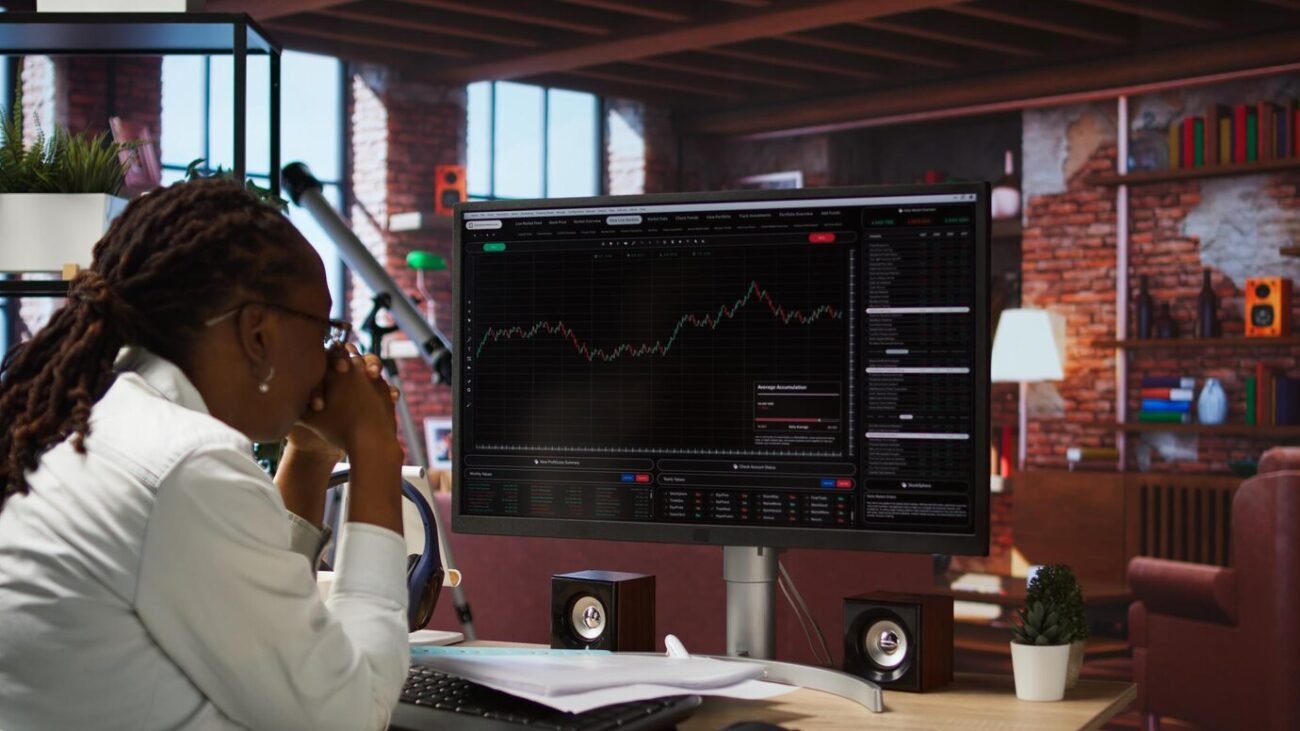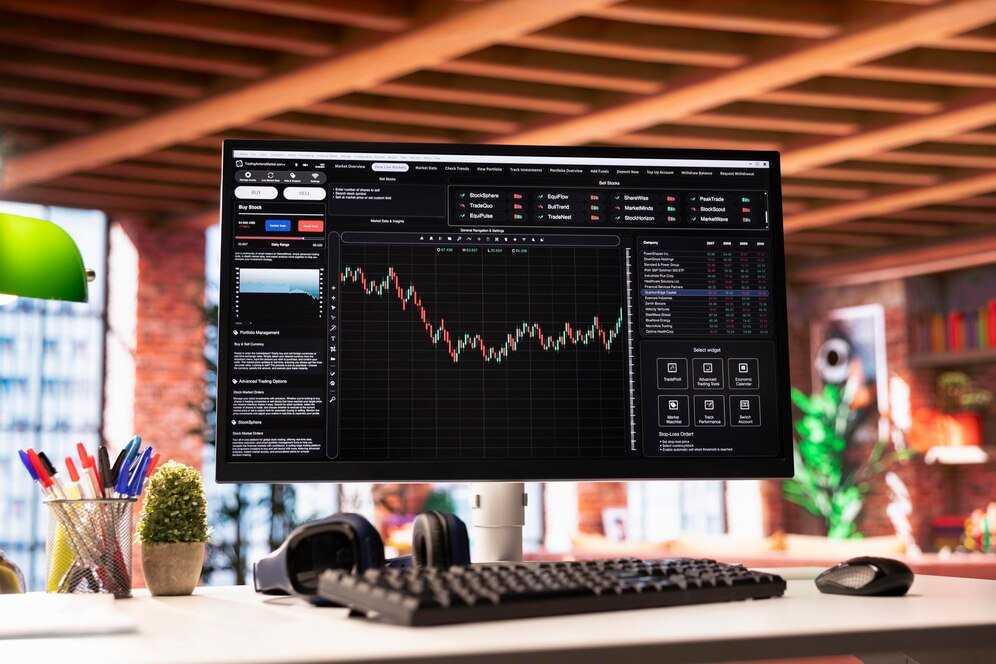Staking is one of the most popular ways to earn passive income in the crypto space, allowing investors to earn rewards by locking up their digital assets in a proof-of-stake (PoS) blockchain. With the growing interest in staking, choosing the right crypto exchange is crucial for maximizing rewards, ensuring security, and having a smooth experience. However, with so many platforms offering staking services, it can be overwhelming to decide where to stake your crypto.
In this blog, we’ll explore the key factors you should consider when choosing a crypto exchange for staking and provide you with the tools to make an informed decision.
1. Supported Cryptocurrencies
Not all exchanges offer staking for the same set of cryptocurrencies. Different exchanges support different coins and tokens, so your first step is to check if the exchange offers staking for the cryptocurrencies you hold or plan to stake. Some of the most popular cryptocurrencies available for staking include:
- Ethereum (ETH): Ethereum 2.0 staking
- Cardano (ADA)
- Polkadot (DOT)
- Solana (SOL)
- Tezos (XTZ)
- Cosmos (ATOM)
Why it matters:
Make sure the exchange you choose supports the coins you want to stake. Also, consider whether the exchange allows for a variety of altcoins and niche tokens if you’re looking to diversify your staking portfolio.
2. Staking Rewards and Returns
One of the main attractions of staking is the potential to earn passive rewards. Every exchange offers different rates of return, depending on factors like the staking duration, the total staked amount, and the specific coin being staked.
Things to Look For:
- Annual Percentage Yields (APY): Compare the staking rewards offered by different exchanges to ensure you’re getting the best return on your investment.
- Reward Frequency: Some exchanges distribute rewards daily, weekly, or monthly. Depending on your needs, choose an exchange that aligns with your preferred payout frequency.
- Flexible vs. Fixed Staking: Some exchanges offer flexible staking (where you can unstake at any time), while others may require you to lock up your crypto for a set period, which could offer higher rewards. Assess what works best for your trading and liquidity needs.
Why it matters:
Higher staking rewards mean greater earnings, but you should also evaluate other factors like flexibility and lock-up periods to find a balance between returns and access to your funds.
3. Fees and Commission Structure
Staking fees can significantly impact your overall staking rewards. Some exchanges charge staking fees to cover operational costs, while others may take a cut of the staking rewards you earn. It’s important to understand the full fee structure before committing your assets.
Things to consider:
- Staking Fees: Look for exchanges that have transparent fee structures. Fees typically range from 0% to 10% of your rewards.
- Withdrawal Fees: Some exchanges may charge fees when you unstake or withdraw your crypto from staking. Ensure these fees are clear and reasonable.
- Hidden Costs: Be aware of any additional fees or potential costs that may not be immediately obvious, such as trading fees or network fees when transferring assets.
Why it matters:
A low-fee exchange will allow you to maximize your staking profits. Always ensure that the staking rewards outweigh the fees charged by the exchange.
4. Security and Reputation
The security of your funds should always be a top priority when choosing a crypto exchange for staking. Since staking requires you to lock up your assets for a period of time, you want to ensure that the exchange has strong security measures in place to protect your crypto from hacks or theft.
Security Features to Look For:
- Two-Factor Authentication (2FA): Ensure the exchange offers 2FA to protect your account from unauthorized access.
- Cold Storage: Exchanges that use cold storage for the majority of funds ensure that your assets are kept offline and away from potential online threats.
- Insurance: Some exchanges offer insurance for crypto assets held in custody, adding an extra layer of protection.
- Reputation and Reviews: Check user reviews and ratings to see how the exchange is perceived in the market, especially regarding security and customer service.
Why it matters:
When staking crypto, you’re effectively entrusting the exchange with your assets for a period of time. Choosing a secure, reputable exchange is crucial to minimizing the risk of loss due to hacking or fraud.
5. Ease of Use and User Experience
A smooth user experience can make a big difference, especially for beginners. The process of staking should be simple, intuitive, and seamless.
Things to consider:
- User Interface (UI): The platform should have an easy-to-navigate interface where you can view your staking rewards, available coins, and manage your assets without hassle.
- Mobile App: Many users prefer to manage their staking portfolios from their mobile devices. Check if the exchange offers a mobile app with similar functionality as the desktop platform.
- Staking Dashboard: A good staking dashboard should give you clear visibility into your active stakes, rewards earned, and staking duration.
- Customer Support: Ensure the platform offers responsive and helpful customer support if you encounter any issues with staking or withdrawing funds.
Why it matters:
An easy-to-use interface and customer support can save you time and frustration, especially if you’re new to staking or need assistance with technical issues.
6. Liquidity and Unstaking Flexibility
When staking your crypto, you may encounter situations where you need to access your funds quickly. Liquidity is the ease with which you can convert your staked crypto back into tradable assets.
Things to consider:
- Unstaking Period: Some exchanges require a specific “cooling-off” or “lock-up” period before you can unstake your assets. While this might offer higher rewards, it also means you may not be able to access your funds immediately if needed.
- Flexibility: Some exchanges offer flexible staking, allowing you to unstake your assets at any time. If flexibility is a priority for you, choose an exchange that offers this option.
- Liquidity Pool: Larger, more established exchanges tend to have higher liquidity, which can make it easier for you to enter and exit staking positions.
Why it matters:
If you value liquidity and access to your staked crypto, it’s essential to choose an exchange that offers flexible staking or short lock-up periods.
7. Staking Validators and Decentralization
Some exchanges allow you to choose a validator or staking pool for your staking activities. This is particularly important for proof-of-stake (PoS) blockchains where validators are responsible for validating transactions and securing the network.
Things to consider:
- Validator Reputation: Ensure that the exchange’s validators have a strong track record of uptime and performance. Poor validators can lead to missed rewards or potential losses.
- Validator Rewards: Different validators may offer different reward structures. Some validators may offer higher returns, but they might also have higher risks.
- Decentralization: If you are a strong proponent of decentralization, you may want to choose an exchange that offers more choice in selecting validators, rather than relying on a single platform-controlled entity.
Why it matters:
Choosing a reliable validator or pool can have a direct impact on your rewards and the security of your staked assets. Always do your research on the validators involved in your staking process.
8. Additional Features and Bonuses
Some exchanges offer additional perks for staking, such as staking bonuses, referral programs, or even staking for governance tokens that allow you to vote on decisions related to the exchange’s development or policies.
Things to look for:
- Referral Programs: If you plan to recommend the exchange to others, see if they offer referral bonuses for bringing in new users.
- Staking Bonuses: Some exchanges offer special rewards or bonus staking periods for first-time users or for staking large amounts.
- Governance Participation: Some exchanges offer staking that includes governance features, letting you have a say in the future direction of a blockchain or token.
Why it matters:
These added features can improve your staking experience by providing extra incentives or rewards, making your investment even more rewarding.
Conclusion
Choosing the right crypto exchange for staking is a critical decision for maximizing your rewards while ensuring the security and liquidity of your assets. By considering factors such as supported cryptocurrencies, rewards structure, fees, security, and the platform’s ease of use, you can make a more informed decision.
When selecting an exchange, always ensure that it aligns with your investment goals and provides the flexibility, support, and security needed to have a successful staking experience. By carefully evaluating these aspects, you can start staking confidently and begin earning passive income on your crypto assets.













